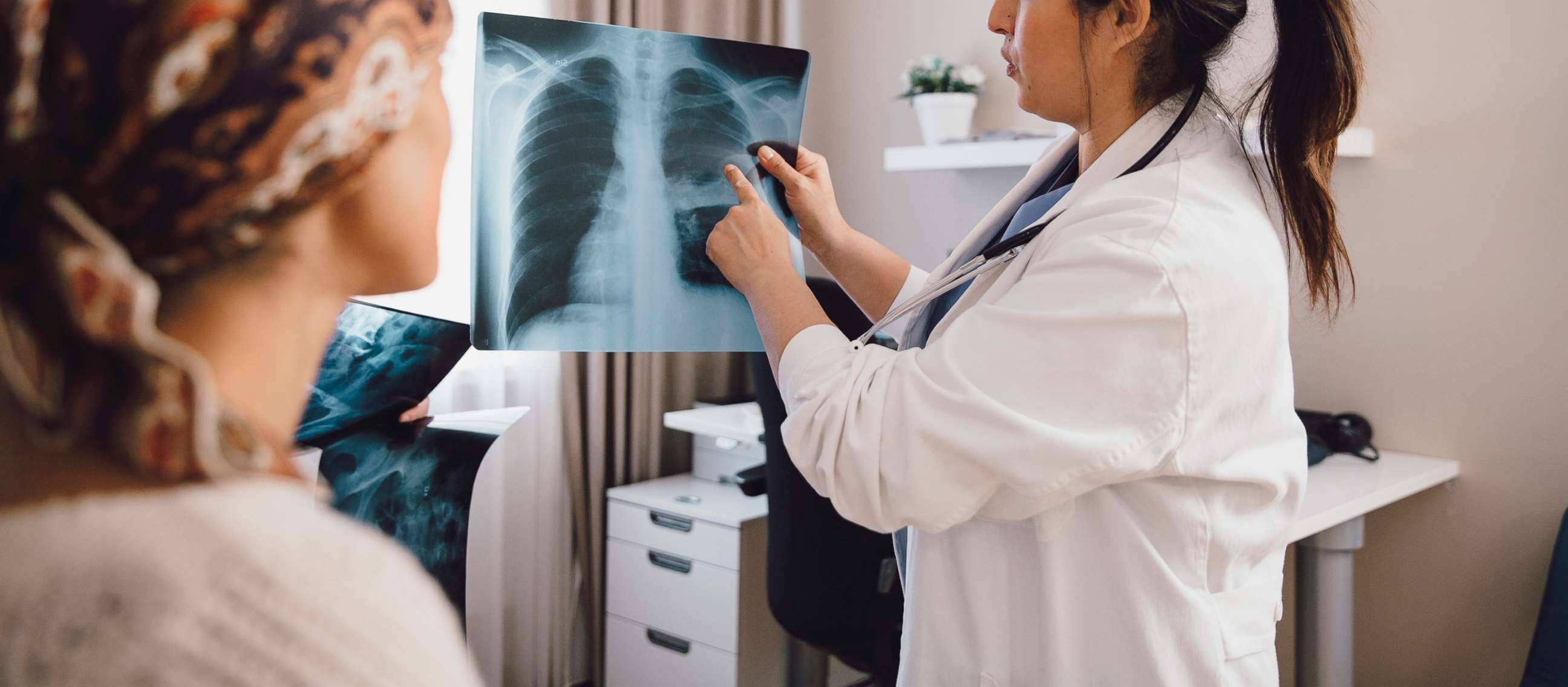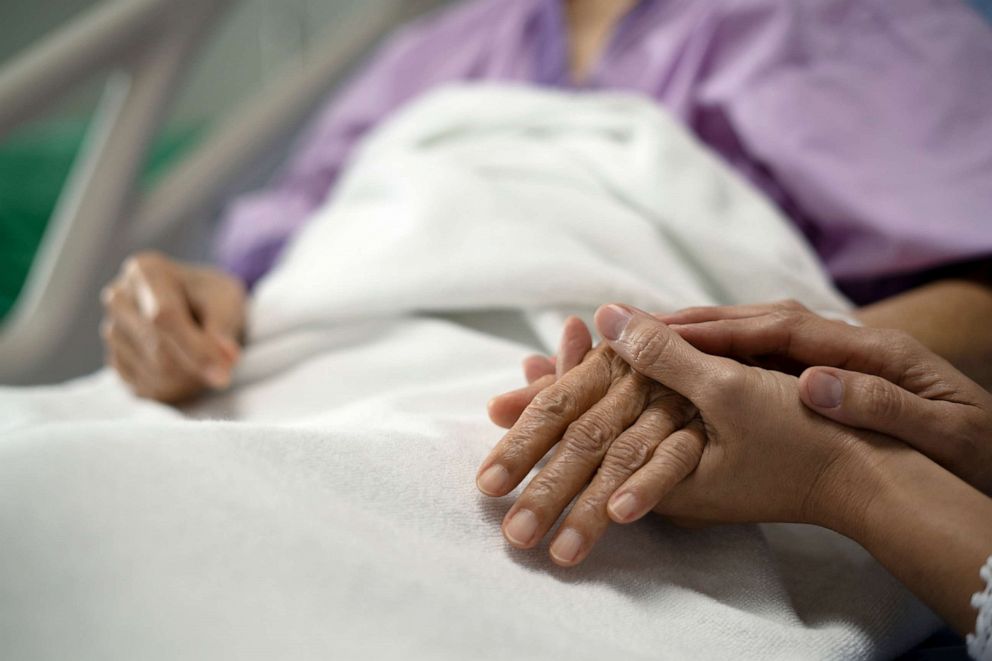Racial minorities have higher death rates from cancer than white patients, study shows
Mortality rates for multiple myeloma were twice as high for Black patients.
Racial and ethnic minorities in the United States continue to be disproportionately burdened by cancer, a new report suggests.
Published by the American Association for Cancer Research on Wednesday, the report found that Black, Hispanic, Asian and Indigenous patients are more likely to be diagnosed with cancer and die from the disease compared to white patients despite overall rates of cancer incidence and mortality declining.
“If we’re going to eliminate disparities, we have to do our jobs much better than we have been doing them,” Dr. Lisa Newman, chair of the AACR Cancer Disparities Progress Report 2022 Steering Committee and chief of the section of breast surgery at NewYork-Presbyterian and Weill Cornell Medicine in New York, told ABC News.
The findings also showed Hispanic patients have a mortality rate from liver cancer nearly double that of white patients.
In addition, American Indian/Alaskan Native patients have an 80% higher incidence rate of kidney cancer than their white counterparts.
There has, however, been improvement. Differences in overall cancer death rates among racial and ethnic groups in the U.S. have narrowed over the last two decades.
Specifically, cancer mortality rates between Black and white patients have declined from 26% in 2000 to 13% in 2019.
“There is room to be optimistic that we will conquer this problem, but the disparities still exist, and they exist to varying degrees in different cancers,” Newman said.
The report also examined disparities on the basis of gender identity, neighborhood income and urban vs. rural settings.
Results showed transgender men are more than twice as likely to be diagnosed with cancer compared to cisgender men.
Newman said LGBTQ patients may not seek care for their cancers due to fears of discrimination and, by the time they do seek care, their cancers are in advanced stages.
“We have to make sure that the health care system is set up, so the LGBTQ community is comfortable coming in and getting their cancers diagnosed and treated,” she said. “Concerns related to implicit biases are very real. Discrimination is very real, and we have to respect those concerns are out there for appropriate reasons.”
Previous studies have shown that lack of trust in the health care system is one of the reasons why people from different backgrounds may not seek care for cancer or other illnesses.

The report also found that mortality rates were 12.3% higher for all cancer types in low-income counties compared to counties with higher incomes. For stomach cancer in particular, mortality rates were 43% higher.
When it came to rural areas, individuals had 17% higher death rates from all cancers compared to Americans living in urban areas, with 34% higher rates for lung cancer and 23% higher rates for colorectal cancer.
Experts say these disparities have only been compounded by the COVID-19 pandemic.
A recent JAMA study noted that breast cancer screenings dropped by 6% and cervical cancer screenings by 11% during the first year of the COVID-19 pandemic.
Screening rates were lower amongst people of color and lower socioeconomic class, highlighting existing barriers to care which were heightened during the COVID-19 pandemic in addition to the new barriers to screening.
“COVID-19 has caused millions of people to put off their cancer screenings [and] delay seeking care for symptoms ... resulting in a huge increase in numbers of people being diagnosed with cancer this year and next year as well as more people being diagnosed at later stages,” Dr. Carol Brown, a gynecologic cancer surgeon and senior vice president and chief health equity officer at Memorial Sloan Kettering Cancer Center, who was not involved with the report, told ABC News.
She continued, “This effect is even more pronounced in groups at higher risk for disparities with cancer outcome.”
This was also supported by a recent study led by researchers at the American Cancer Society, which noted that there was a 3.2% increase in the number of cancer-related deaths during the first year of the pandemic.
To close the gaps, the authors of the report recommend making sure clinical trials include a diverse group of patients and that researchers separate data regarding cancer incidence and death rates into not just broad categories but also subpopulations.

“We need culturally tailored cancer screening awareness strategies for different populations in the U.S., especially for individuals from racial and ethnic minority groups or unique communities such as the LGBTQ[IA]+,” Dr. Dan Theodorescu, director of Cedars-Sinai Cancer, who was involved with the report, told ABC News.
He added, “Another important example are the different breast cancer incidence rates in Asian sub-populations compared to other Asian ethnicities and white women. We don’t often have conferences focusing on the cancer burden of a specific population, but perhaps the time is now to start.”
Many cancer centers such as MSK and Cedars-Sinai have dedicated teams to help increase access of minorities in clinical trials such as the Endometrial Cancer Equity Program and increase awareness about screening in the communities they serve through community engagement and outreach programs.
“We can address these disparities related to lack of trust by developing a diverse workforce of cancer clinicians and researchers who reflect the people who we are trying to help,” Brown added.




